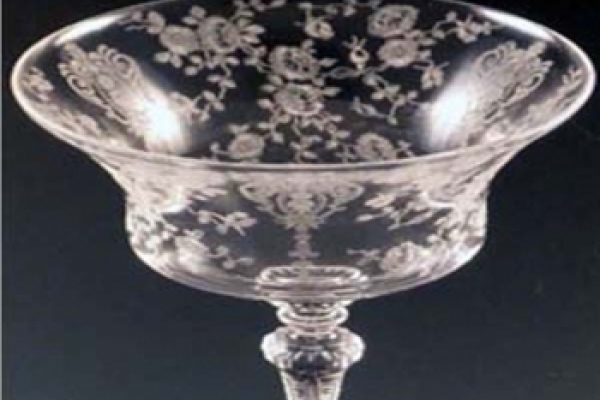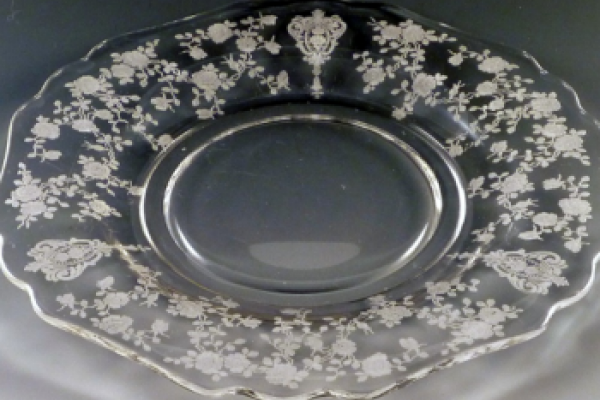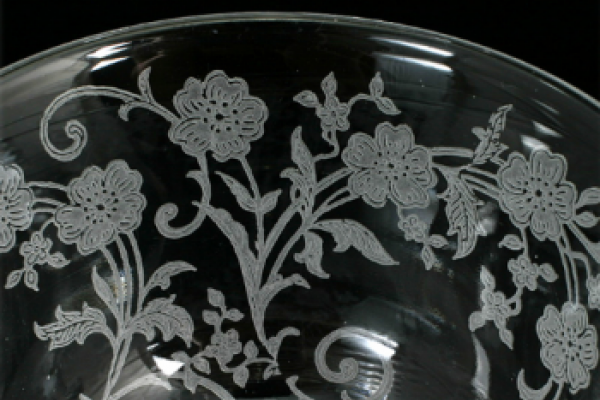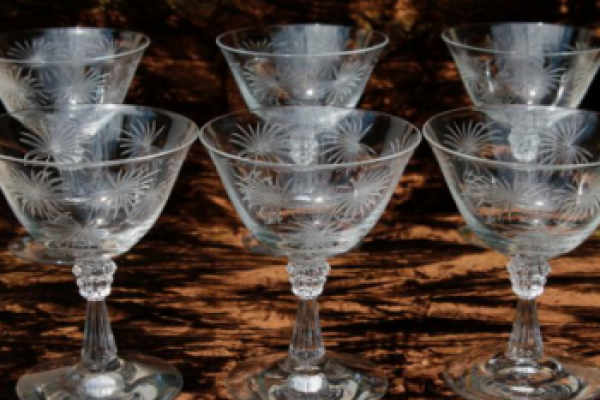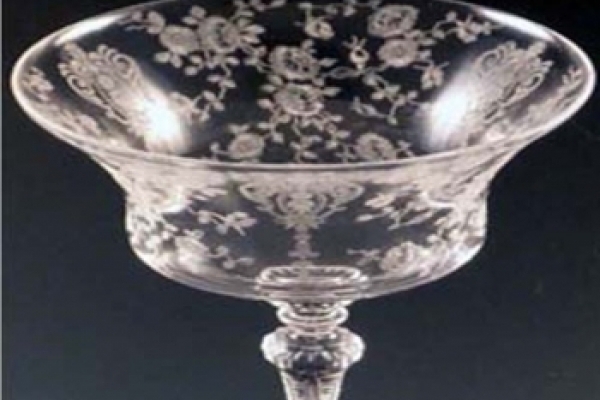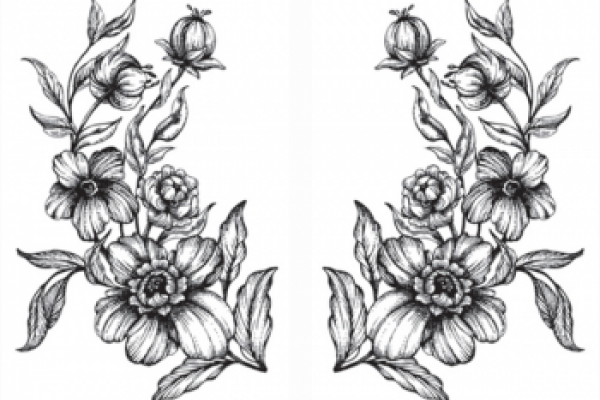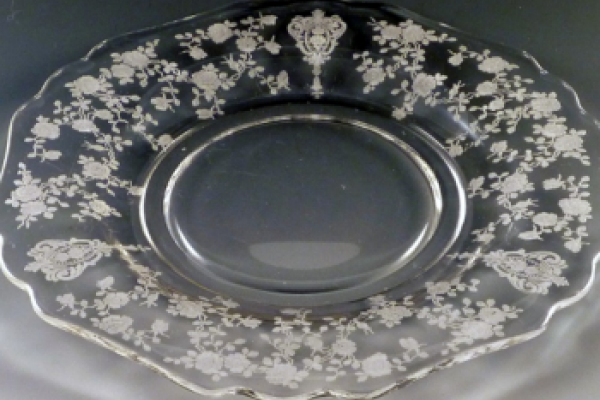Acid-etched glass is
formally a decoration process that is produced by covering the glass with an
acid resistant substance such as wax, through which the design is than
scratched into the piece. The vessel or
sculpture is then submerged into hydrofluoric acid and a matte surface is
created in the un-waxed design area.
The process of acid-etched
glass was first developed on a commercial scale by Richardson's of
SANDBLASTING
Invented by a real, American Hero

Benjamin Chew Tilghman around 1870, invented the Sandblasting process and filed a patent for it in the US (US patent 108,408.), detailing many of the applications for which this technique is uniquely suited, such as sharpening files, engraving bottles, cleaning boilers or bringing out the grain in wood.
Whether it be George Washington, Benjamin Franklin,
Teddy Roosevelt, or Jim Thorpe, Americans have always been fascinated by a
jack-of-all-trades kind of guy.
Benjamin
Chew Tilghman, can be readily included in that list. As a native of the great state of
Receiving his degree in law,
Tilghman never practiced because, apparently, he had several other really cool
things that needed doing.
Prior
to the Civil War, Tilghman was first and foremost a trailblazer in every sense
of the word. Having journeyed through
After
the war broke out, Tilghman volunteered in the 26th
Two
years later, Tilghman was promoted to Brigadier General for "meritorious
services".

The
Tilghman Sandblast Machine
In 1871, the American Institute
of the City of
In
his off-time, Tilghman invented a stone-cutter, the sulfite method of paper
production from wood pulp, and had founded several companies in both the
Sandblast decorating on glass eliminated the wax and
acid process and allowed for faster manufacturing of designs on glass surfaces.

Stencil
letters such as A's, B's, D's, O's, P's, Q's, and R's. Logo's could not
be blasted without bridges.
GRANITE BLASTING
If stencils would allow etching on glass, why not rubber cement 20
mil thick rubber masking onto polished granite, trace names, dates and designs,
then cut out the letters and design and blast? Eliminating chisel stone carving
used for centuries.
View the Traditional Sandblasting video on the upper left, to see the current method of using a computer
plotter cutter to create the mask. No lettering below 1/2 inch can be
cut.


In the 1970's using the same
type rubber stencils and blasting technique, not on stone but wood created a
totally new signage look.



THE RAYZIST PHOTOMASK PROCESS

redwood wall hanging was created right after
delivery of the menu paddles along with other blasted designs to see if there
was any interest for them. Sad to say the
furniture market nor any other industry back in 1973 had any interest or need for
redwood blasted designs.
Over the next six years Ray
Zukowski would not give up on his sandblast discovery and continued his work as
art director within the Exhibit Trade Show Industry in the
MemKpr INDEX
